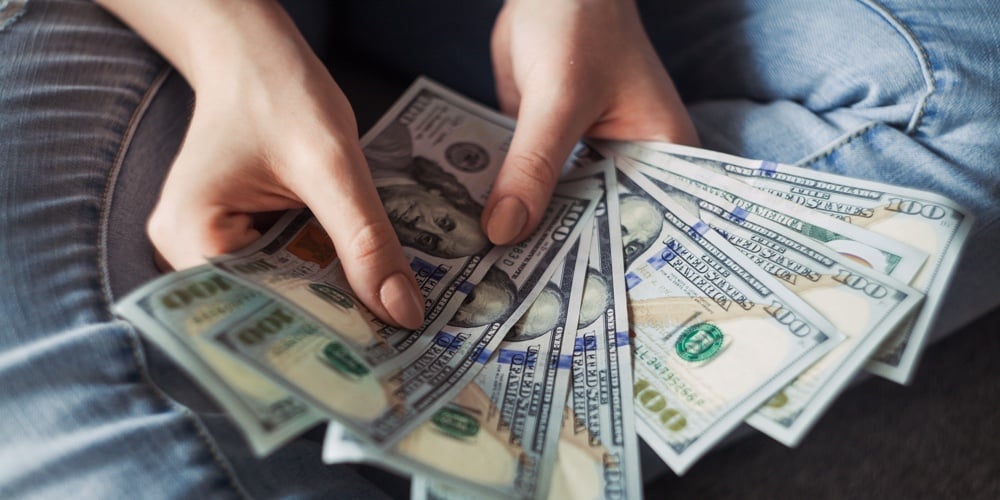What’s the future for overdrafts?
Overdraft fees recovered some of what they lost in the early part of the pandemic. But with new sheriffs in place in Washington and neobanks (and some incumbents) touting bounce-friendly options, some question whether this huge source of fee income is sustainable.

Just as interchange income was devastated in the months after the pandemic hit, overdraft fees earned by banks and credit unions also dropped precipitously. One reason was that the massive government stimulus payments, along with unemployment insurance extensions, helped consumers avoid overdrawing their checking accounts. Various forbearance programs were another factor, as was the easing of overdraft terms and outright waivers by numerous financial institutions for varying periods of time.
Even though overdraft fees in the fourth quarter of 2020 soared by 64%, the median decline in overdraft revenue for the banking industry was 22% for all of 2020, according to S&P Global.
Will this key revenue source — vilified for years by nearly every consumer interest group and many politicians — return to its pre-COVID levels? Or will more financial institutions follow the lead of U.S. Bancorp and Bank of America in rolling out low-cost, small dollar loan options intended as an alternative to overdrafting and payday loans?
Perhaps more importantly, has the pandemic-fueled growth of neobanks like Chime, Varo, MoneyLion and Dave created a new paradigm for transaction accounts with their more liberal overdraft policies?
continue reading »
